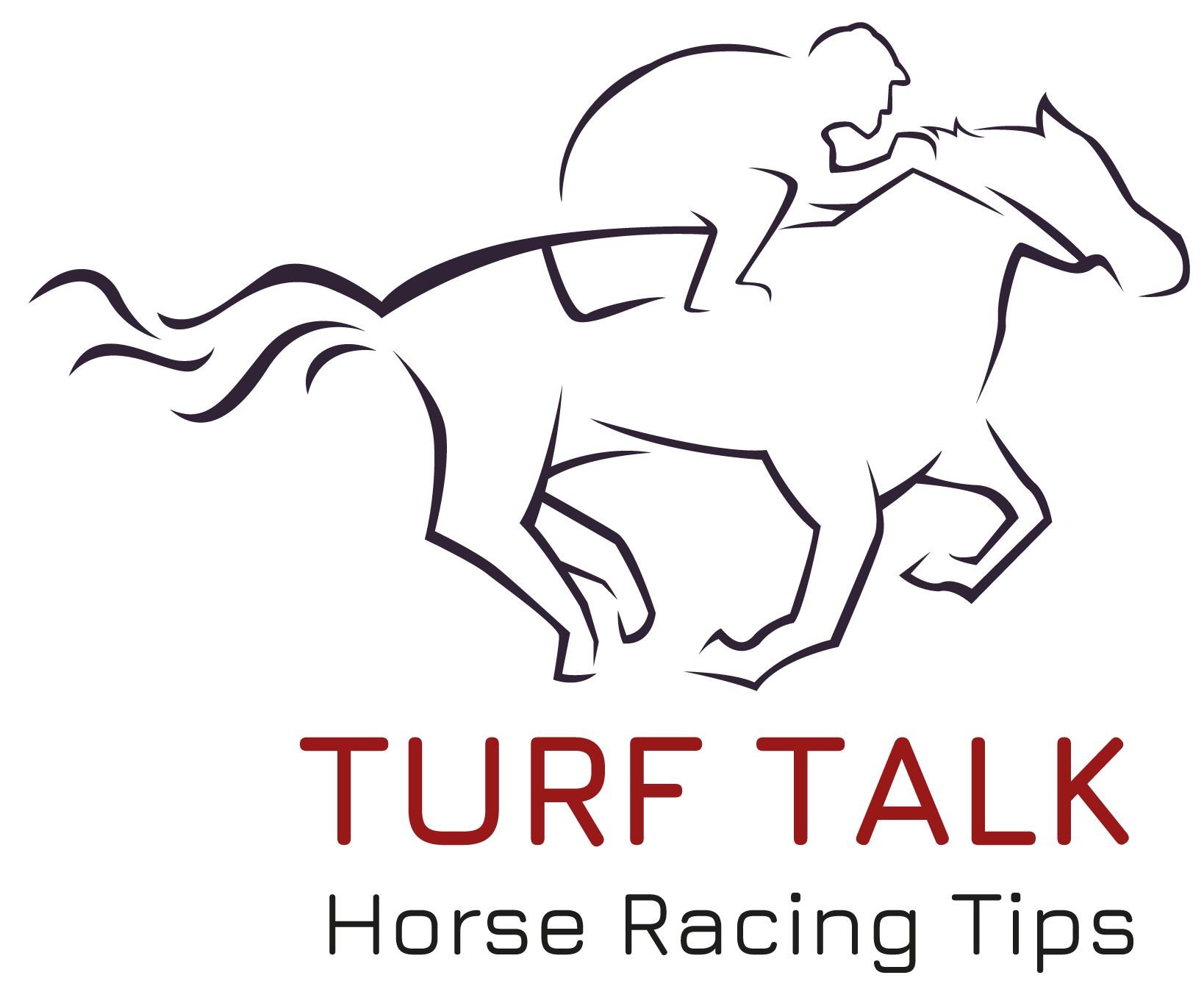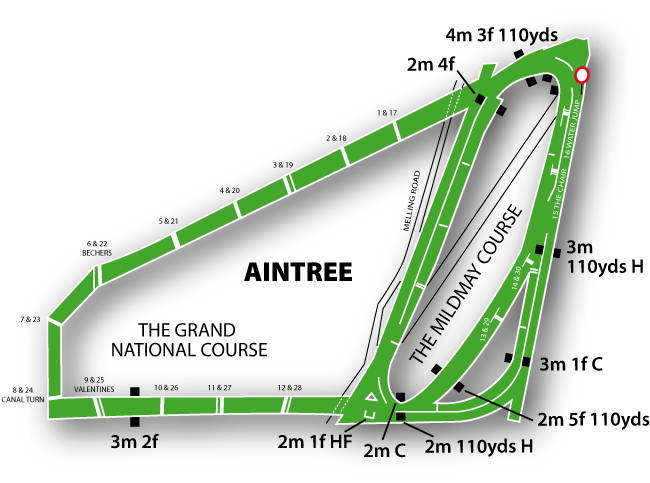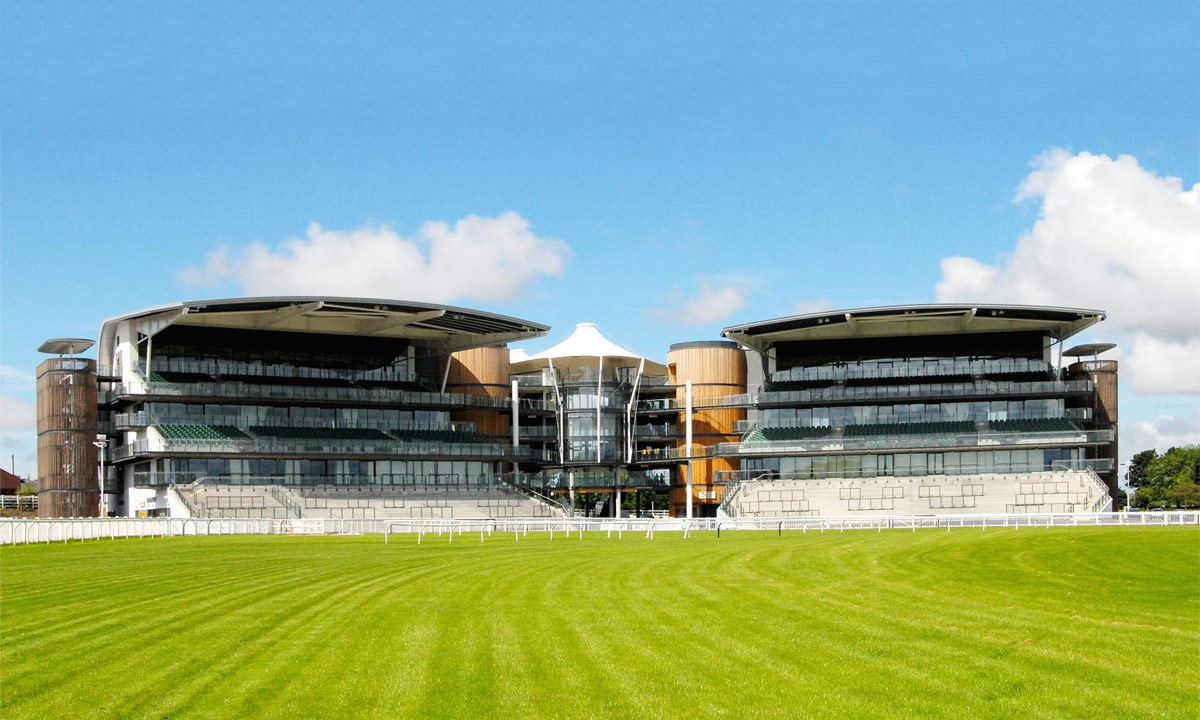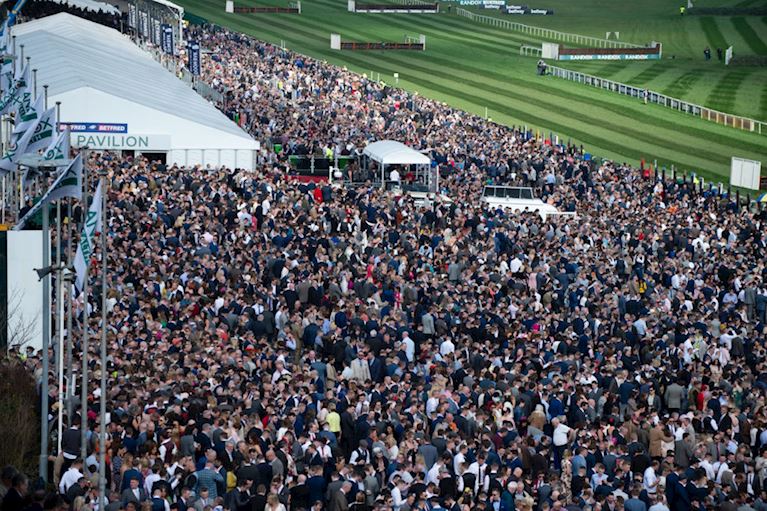The world has a Liverpudlian innkeeper by the name of William Lynn to thank for the existence of Britain’s most prestigious handicap chase. Having achieved considerable success with hare racing, Lynn decided to introduce the sport of steeple chasing to Liverpool, and leased land at Aintree to host national hunt races.
Historians recognise the running of the Grand National Steeplechase at Aintree in 1839 as the first official occurrence of the event. Whilst some historians dispute this date, and the early history of the race is clouded by uncertainty and speculation over the venues that hosted it, the history books record that Lottery was the winner of the inaugural Grand National at Aintree.




